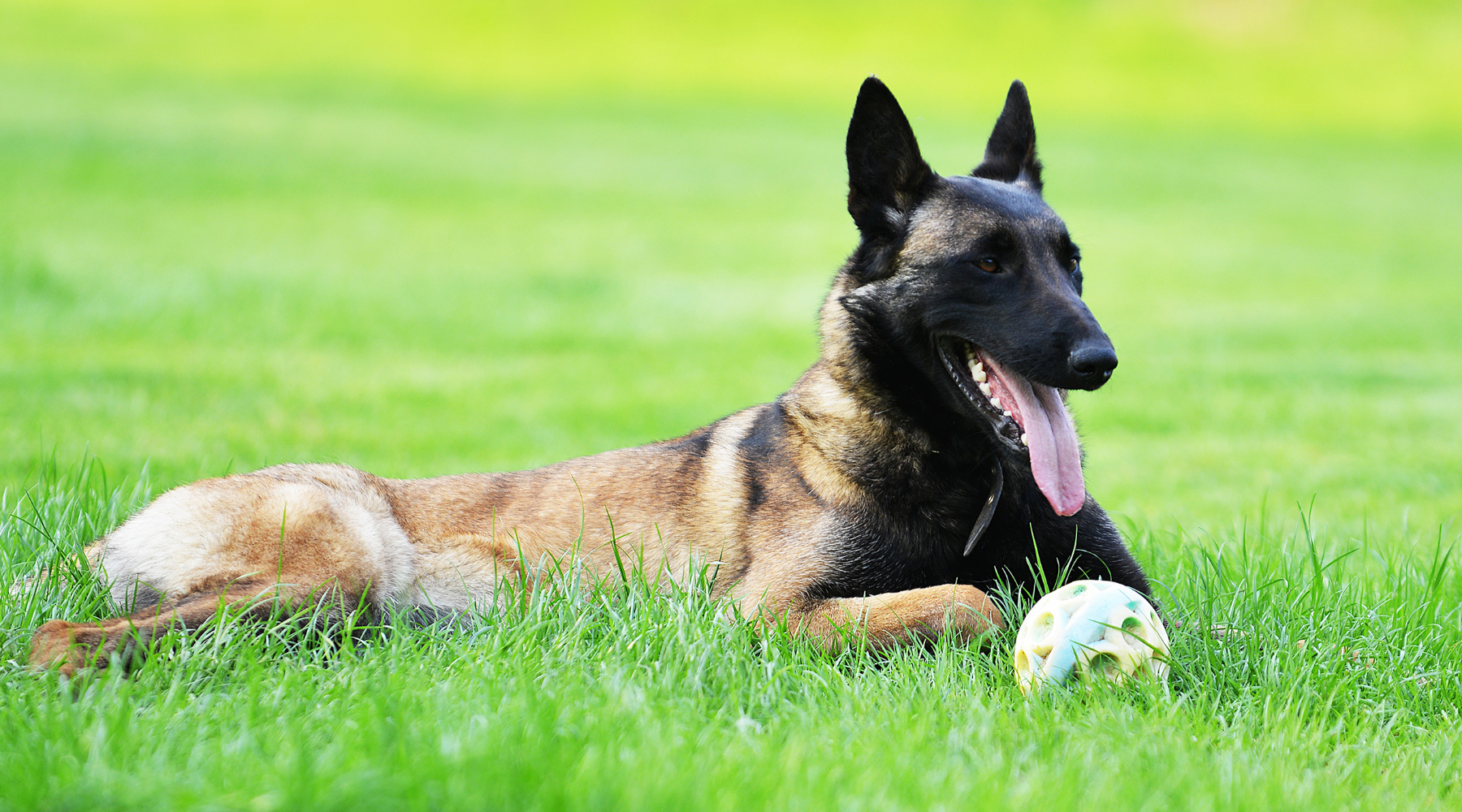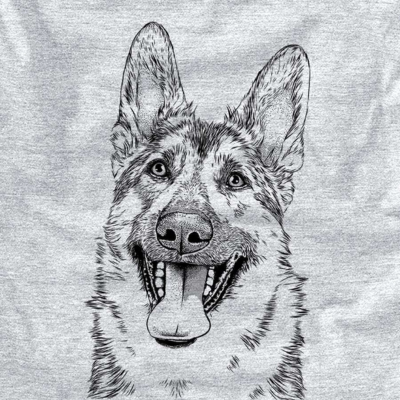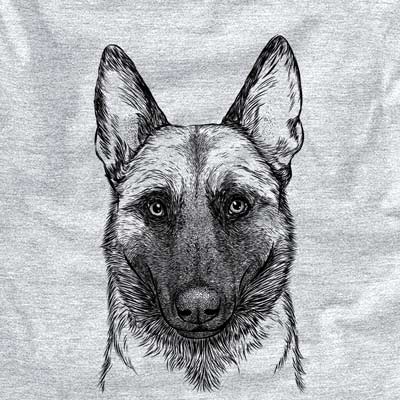Menu
-
-
Shop by Product
- Bestsellers
- Find Your Breed
- Closeout
-
- FREE SHIPPING ON ORDERS OVER $100
- Login

3 min read
German Shepherd vs Belgian Malinois: What Are the Differences?
Looking for a loyal, intelligent, and highly active canine companion? The German Shepherd and Belgian Malinois are two breeds that might spring to mind. Both breeds are renowned for their work ethic, intelligence, and protective nature, making them popular choices for various roles including police and military work, search and rescue, as well as being family pets. However, despite their similarities, there are distinct differences between the two. Want to know the key differences between German Shepherds and Belgian Malinois? Let's find out!

German Shepherd vs Belgian Malinois: Origins
Developed in Germany in the late 19th century, the German Shepherd was initially bred for herding and guarding sheep. Max von Stephanitz, the breed's founder, emphasized utility and intelligence in his breeding program, which led to the versatile and skilled German Shepherd we know today. Learn more about the origins of the German Shepherd.
Originating in Belgium and named after the Belgian city of Malines, the Malinois is one of four varieties of Belgian herding dogs, including the Tervuren, Laekenois, and Groenendael. Similarly to German Shepherds, the Belgian Malinois was bred primarily for herding, but its intelligence and versatility have seen it excel in various roles beyond herding.
German Shepherd vs Belgian Malinois: Appearance
These dog breeds have similar appearances, which can make it difficult to tell them apart, unless you know what to look for. The most significant differences between German Shepherd and Belgian Malinois breeds are their ears and the length of their coats. Malinois have more triangular-shaped ears and they have short coats, unlike the medium-length of a German Shepherd coat.
Similar in height, measuring between 22 and 26 inches tall, they differ slightly in weight, with the Malinois weighing a little less. The Malinois has a more athletic build than the stockier German Shepherd.
German Shepherd vs Belgian Malinois: Temperament
Both breeds are loyal, confident, intelligent, and highly trainable. They're both herding dogs, bred to work, and do well when given tasks to keep them busy and stimulated. If they're not given enough exercise and stimulation, they're likely to become destructive. Both breeds also make excellent watchdogs, that can be protective towards their favorite human.
Because of their high stimulation needs and their intelligence, both the German Shepherd and Belgian Malinois are dogs that need experienced dog owners who are willing to spend a great deal of time providing enough early socialization and obedience training.
German Shepherd vs Belgian Malinois: Exercise Needs
High levels of exercise are imperative for both German Shepherds and Belgian Malinois. A lack of exercise and stimulation is highly likely to result in undesirable behaviors in both breeds. This is particularly the case with the Belgian Malinois, which requires plenty of physical and mental stimulation every day to keep them happy.
Both breeds require very active households who can provide enough activities for their requirements.

German Shepherd vs Belgian Malinois: Health
Both breeds are generally healthy but can be prone to certain health conditions. Whilst they're both known to have issues with hip and elbow dysplasia, German Shepherds can suffer from degenerative myelopathy, whereas Belgian Malinois can develop eye problems.
German Shepherd vs Belgian Malinois: Grooming
German Shepherds have a double coat, with a dense outer coat and a softer undercoat. They're moderate to heavy shedders, especially during the change of seasons, and require regular brushing to remove loose hair and prevent matting. Brushing every few days is recommended, increasing to daily during their shedding seasons in spring and fall. Bathing should be done occasionally, as too frequent washing can strip their coat of natural oils.
The Malinois also has a double coat, but their hair is shorter than that of a German Shepherd. They shed moderately year-round, with more intense shedding periods in the spring and fall. Weekly brushing will remove dead hair and maintain coat health, with daily brushing recommended during periods of heavy shedding. Like the German Shepherd, they only need occasional baths unless they get particularly dirty.
Routine care such as regular nail trimming, ear cleaning, and dental care are important to maintain the overall health of both breeds.
The German Shepherd and Belgian Malinois have many similarities, but they differ slightly in their appearance and needs. Both these breeds make excellent companions for experienced dog owners with active lifestyles who are willing to dedicate enough time to their stimulation and training. Shop our German Shepherd and Belgian Malinois collections to show your love for these herding breeds.
Leave a comment
Comments will be approved before showing up.
Subscribe
Sign up to get the latest on sales, new releases and more …



